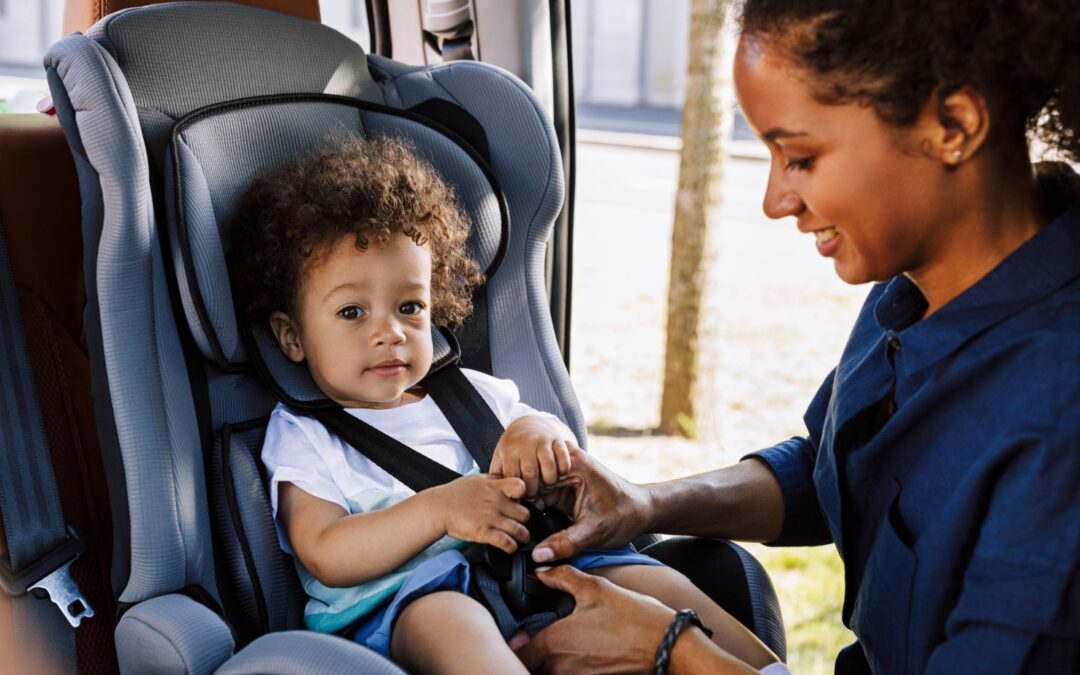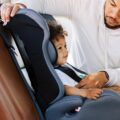When it comes to ensuring the safety of your child during car rides, selecting the appropriate car seat is paramount. The debate between rear-facing and forward-facing car seats is a significant one, as it involves understanding safety guidelines, age and size recommendations, and best practices for maximizing protection. In this post, we will explore the differences between rear-facing and forward-facing car seats, the benefits of each, and guidelines to help parents make informed decisions.
The Basics: Rear Facing vs. Forward Facing
Rear-Facing Car Seats:
Rear-facing car seats are designed to face the back of the car. This orientation provides optimal support to the head, neck, and spine of infants and toddlers during a collision. In a frontal crash, the forces are spread across the back of the car seat. Experienced car accident lawyers explain that these types of car seats can significantly reduce the impact of a collision on the child’s body.
Forward-Facing Car Seats:
Forward-facing car seats, on the other hand, are positioned to face the front of the car. These seats use a harness to secure the child and are generally used once a child outgrows the rear-facing seat. While they still offer protection, they do not provide the same level of support to the head, neck, and spine as rear-facing seats.
Safety Guidelines and Recommendations
The American Academy of Pediatrics (AAP)recommends that children remain in a rear-facing car seat for as long as possible, typically until they reach the highest weight or height allowed by the car seat manufacturer. This can often mean keeping a child rear-facing until at least age 2 and, in many cases, up to age 4.
Benefits of Rear-Facing Car Seats
Enhanced Protection:
- Rear-facing car seats distribute the force of a collision more evenly across the child’s body, significantly reducing the risk of injury to the head, neck, and spine.

- The seat cradles the child, offering superior support in the event of a crash.
Safety Statistics:
- Studies have shown that children under the age of 2 are 75% less likely to die or be seriously injured in a rear-facing seat compared to a forward-facing seat.
- The risk of severe injuries is considerably lower when a child is seated rear-facing during a car accident.
Extended Use:
- Many modern rear-facing car seats are designed to accommodate children up to 40-50 pounds, allowing extended use beyond infancy.
- Convertible car seats offer the flexibility to transition from rear-facing to forward-facing as the child grows.
Benefits of Forward-Facing Car Seats
Ease of Use:
- Forward-facing seats often make it easier for parents to get their children in and out of the car.
- Children can have a better view of their surroundings, which can be more engaging and enjoyable for older toddlers.
Harness System:
- The five-point harness system in forward-facing seats is designed to secure the child and distribute crash forces across the strongest parts of the body.
Transition Readiness:
- Once a child has outgrown the height or weight limits of a rear-facing seat, moving to a forward-facing seat ensures they continue to travel safely.
Making the Transition
When transitioning from a rear-facing to a forward-facing car seat, consider the following tips:

- Follow Manufacturer Guidelines: Always adhere to the weight and height limits specified by the car seat manufacturer. These guidelines ensure the car seat provides the intended level of protection.
- Check Installation: Ensure that the car seat is installed correctly and securely. Many local fire stations or children’s hospitals offer car seat installation checks.
- Harness Position: Adjust the harness so that it fits snugly and is positioned at or above the child’s shoulders in a forward-facing seat.
- Monitor Growth: Regularly check your child’s height and weight to ensure they still fit within the car seat’s limits.
Choosing the right car seat and knowing when to transition from rear-facing to forward-facing is crucial for your child’s safety. Rear-facing car seats offer superior protection, especially for infants and young toddlers, by providing better support to the head, neck, and spine during collisions. As your child grows, transitioning to a forward-facing car seat with a proper harness system continues to ensure their safety on the road. By following safety guidelines and manufacturer recommendations, parents can make informed decisions to keep their children safe during every car ride.
Remember, the ultimate goal is to provide the safest possible environment for your child while traveling. Taking the time to understand the differences between rear-facing and forward-facing car seats is a vital step in achieving this goal.





